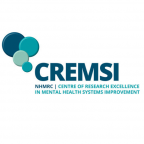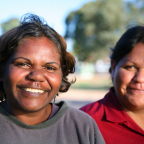Public health challenges and opportunities of internet technologies for the study of new and emerging psychoactive substance use and related health harms
New psychoactive drugs that mimic the effects of prohibited drugs are increasingly available in Australia, and there is mounting evidence of their harmful health effects.











